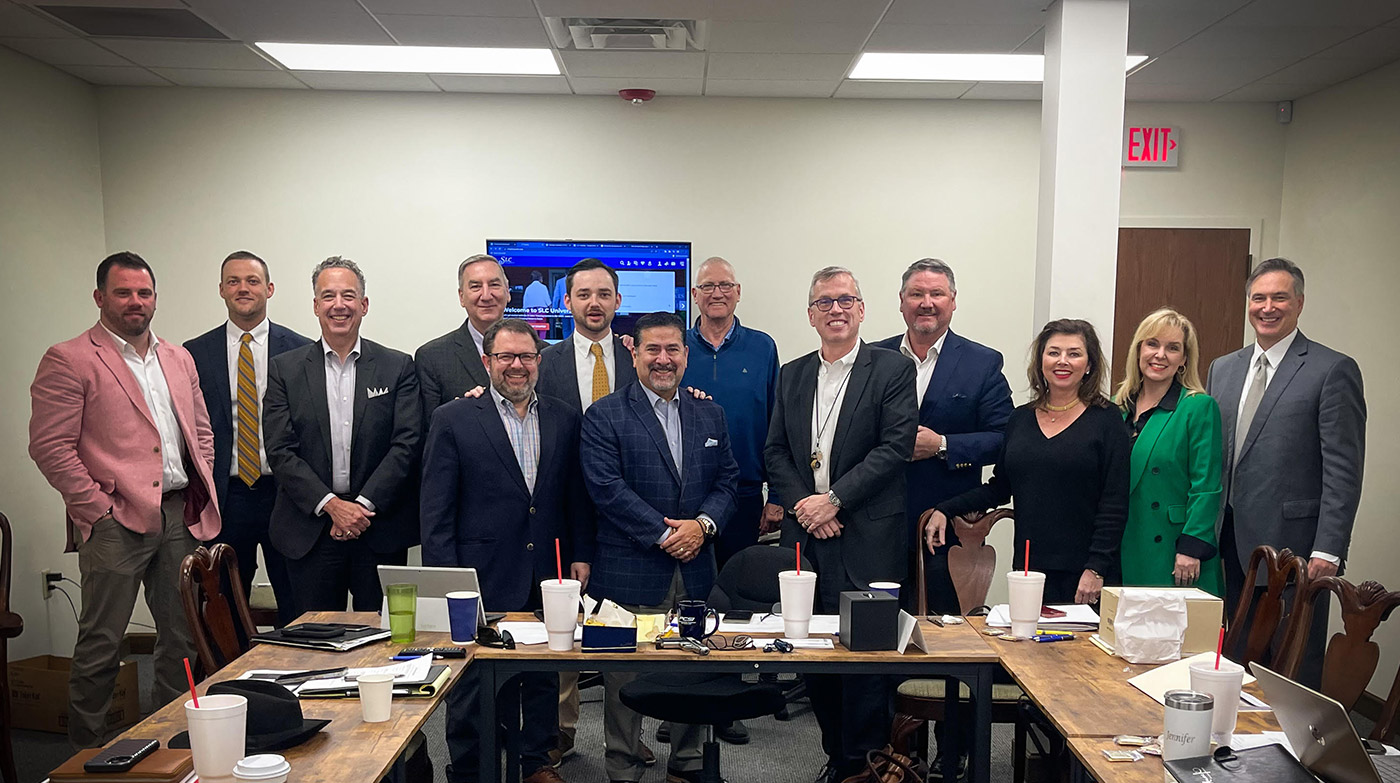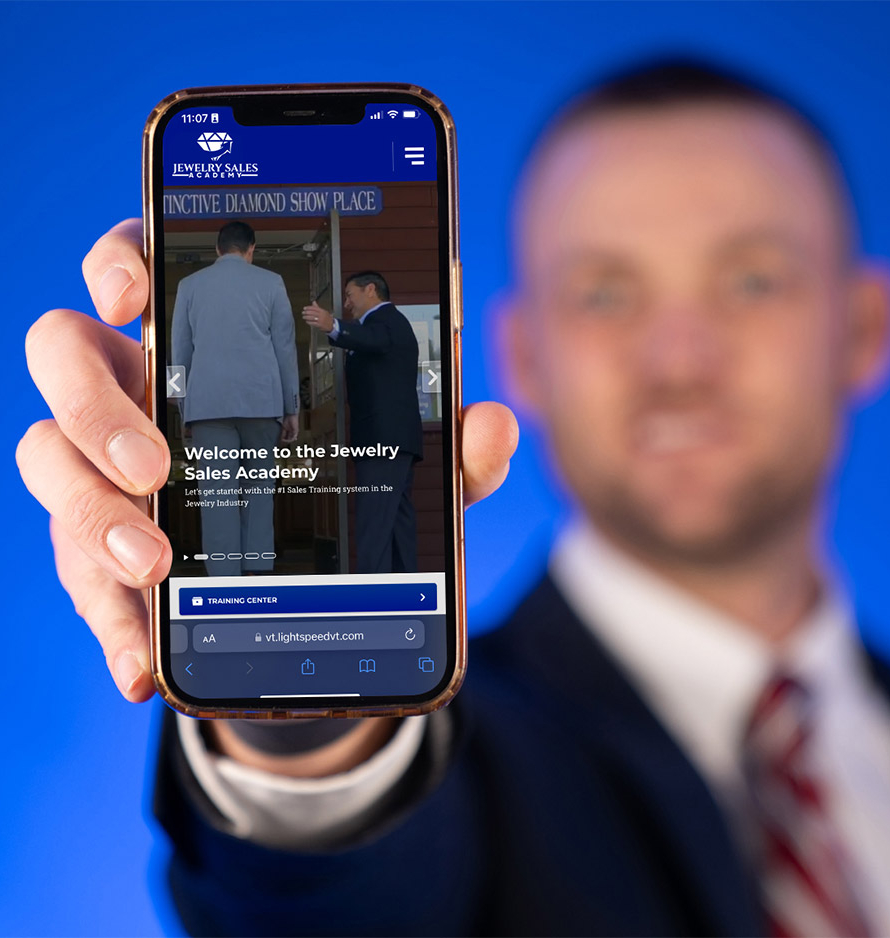
In today’s tight labor market, finding strong candidates is one of the biggest challenges facing many retailers. According to a Harris Poll of U.S. companies earlier this year, 91% of respondents expected to have trouble filling open positions.
How can you locate great potential hires—and persuade them to accept an offer? Start with effective recruiting strategies.
“Companies that are able to make applying easy and applicant-centric, then move to interview, offer, and start date quickly, have a better opportunity to attract talent,” says Adam Lukoskie, executive director of the NRF Foundation, the nonprofit arm of the National Retail Federation, the world’s largest retail trade association. “A couple of days from [application] to offer is best in class.”
Not surprisingly, technology is driving the trend to increased speed-to-hire (the time it takes to move a candidate through your hiring process). “Some companies let applicants text to apply or apply online. They’re automatically routed to an assessment with screening questions via text,” Lukoskie says. If their assessment is good, applicants progress to the interview phase, which might start with a potential employer asking them to record a video of themselves explaining why they are interested in the job or summarizing their career goals. Lukoskie says applicants tend to like these one-way video interviews because they can think through their answers, record themselves at a time and place where they’re comfortable, and rerecord if necessary before submitting the video to the hiring company.
Some retailers, Lukoskie says, use recruiting software from companies such as Paradox, which provides chatbot functions with screening questions and automated interview scheduling, or the student-oriented Handshake, which enables video interviews.

Other retailers bring technology into the process by tailoring it to their brand and hiring needs. For the past few years, Arkansas-based Sissy’s Log Cabin has been using a careers page that is hosted on the website-building platform Wix and links from Sissy’s website. Potential applicants can watch a video of an employee who joined Sissy’s as a teenager talk about career advancement, and can find links to open positions, complete a form about what type of position interests them, and upload a résumé.
After introducing the page, “we went from getting a résumé every few months to getting two or three a week,” says William Jones IV, Sissy’s chief operating officer. “That’s a huge increase, and it’s incredibly easy and low-cost to do.” Jones plans to fine-tune the careers page in the future by optimizing meta tags and making the content more robust.
Use Your Website: Clarifying the Company’s Culture
The Sissy’s site showcases its origin story, family-first culture, and emphasis on training. Messaging like this—emphasizing a brand’s values, culture, and the fact that it cares about attitude over experience—is important for employers hoping to attract younger applicants, says Maia Ervin, chief impact officer at New York City–based JUV Consulting, a Generation Z–led firm that helps companies engage with young audiences.

In addition to seeing the skills required for a job, “Gen Z wants to know what your company stands for,” Ervin says. They “want a workplace that is equitable and humane.” And even though they are digital natives, “Gen Z still value in-person interactions when done with a purpose,” she says.
Many employers agree that the face-to-face approach is still among the most effective ways to find new talent in a customer-focused business like jewelry, particularly for retailers with deep local roots. “A lot of our recruiting comes from our managers being out in the community,” Jones says. “We started putting a QR code on the back of our management and executive team’s business cards that takes people to our careers page. If we run into anyone who gives great service, we hand them a card and tell them to check it out if they’re ever interested in a career in jewelry. That’s been very successful for us.”
The personal connection plays an equally pivotal role in recruiting employees for New England–based Von Bargen’s Jewelry. “We’ve found great team members through the relationships of our stores and our people to our community,” co-owner Julie Von Bargen Thom says.

Relying on job sites and résumés, on the other hand, has often backfired. Thom chalks that up to the fact that it’s human nature to misjudge strangers. “If you have no history with a person, it can be easy to make a mistake. We interview them and call references, but it can still be a terrible fit. Our successes have been with people we have a bigger picture of through experience with them.”
Plan Ahead: The ‘Pez Dispenser’ Approach
By engaging with people and cultivating those contacts, you’ll have a talent pipeline to tap when a position opens.
Von Bargen’s team members take this proactive approach to hiring, reaching out to anyone who piques their interest even when they’re not looking to fill a position. “It’s about thinking long-term and keeping our Pez dispenser full of people who might be a great fit,” Thom says. “When I encounter someone I think would be interesting, I’m not offering them a job that day, but I’m building a foundation.” She adds: “People say, ‘You’re always selling, so you should always wear your jewelry when you’re out and about.’ The same is true with hiring—you should always be looking for people.”
Another prong of Von Bargen’s approach to hiring is to promote job openings on Instagram and include them in emails to clients. Along with current team members, “our clients are our best ambassadors,” Thom says. “If they’re not interested, they might know someone who is. We find talent from their circles.”
Von Bargen’s Jewelry isn’t alone. “A lot of retailers look at their customers as potential employees and market to them with links to apply,” Lukoskie says.

Getting referrals from clients as well as current employees can be a sound strategy, but bear in mind that “people’s networks tend to come from similar backgrounds to theirs,” Lukoskie adds. “If you have a diverse workforce, referrals can be a really good opportunity.” But if your workforce doesn’t necessarily represent your shoppers, or you’re trying to reach new customer demographics, you may not be able to diversify your team in terms of age, race, gender, or sexual orientation by relying solely on referrals, he says.
Winning Strategy: Providing What Applicants Want
Of course, there’s more to attracting top talent than finding it. You’ll need to persuade strong candidates to work for you. Pay is the most important factor in accepting a position, according to a 2022 Gallup poll of more than 13,000 employees. But it’s closely followed by well-being and work/life balance.
“People want to come to work and feel good about their day,” Thom says. To that end, “we try to create positive feelings around employees’ personal schedules, their work/life balance, and the sense of accomplishment in their work. We also create beautiful environments and a culture of respect and kindness.”
For those looking to hire Gen Z employees, presenting a clear career path with professional development opportunities resonates well with applicants and helps employers set up new associates for success. Sissy’s Log Cabin strives to do that through its Jewelry Sales Academy, an online education program that includes more than 600 instructional videos about sales, products, and more. “The week before someone starts working for us, they get access to our training academy,” Jones says.
Not only has access to the academy streamlined onboarding, but the training prepares new employees to hit the ground running and has boosted Sissy’s bottom line: “Two people out of six from our first class hit $2 million [in] sales in their first year,” Jones reports.

Sissy’s offers access to the sales academy to fellow retailers that might not have the resources to develop their own robust training programs, and will customize and brand the content to meet each retailer’s needs (for $795 per month).
The NRF Foundation also has an online training program called Rise Up, which features self-paced courses in areas such as retail industry fundamentals and allows participants to become a certified specialist in customer service and sales and gain other professional credentials, Lukoskie says.
For small businesses that don’t have the capacity or skills to do training on their own, outsourcing the process can be a good way to show employees that you’re willing to invest in them, he says. “In a competitive market where small independents are competing for the same talent as the big guys, these kinds of benefits can really help.”
You need to understand what’s most important to the people you’re hiring, but “career and wage growth will matter to almost everyone,” Lukoskie says. “People want to make sure any company they work for provides that. So being able to show that you invest in your store associates can help a lot.”
Top: William Jones IV of Sissy’s Log Cabin showing off the store’s Jewelry Sales Academy training tool
